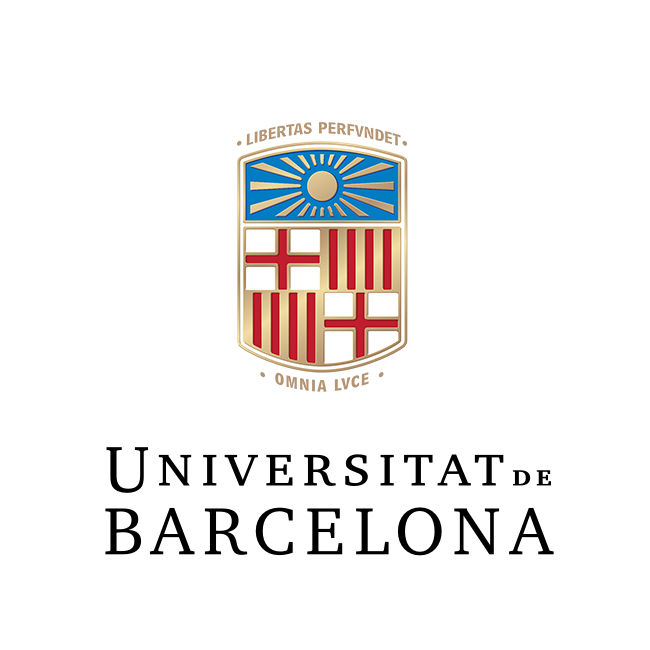Background/Objectives: Anticancer research is a constantly evolving field due to cancer’s complexity and adaptability. This study aims to evaluate the hemolytic behavior and cytotoxic properties of ten 3,3-dichlorolactams against A431 tumor and 3T3 fibroblast cells, with a particular focus on their selective toxicity. Methods: To achieve this, we assessed the hemocompatibility and cytotoxic effects of the lactams, determining their impact on cell viability through MTT and NRU assays. Additionally, AO/EtBr double staining was used to confirm apoptosis as a mechanism of cell death. To complement the in vitro findings, in vivo experiments were conducted using Zebrafish embryos to evaluate acute, developmental, and neurotoxic effects. Results: The results demonstrated that all lactams were hemocompatible, with the cytotoxicity influenced mainly by their structure and the tested concentration. β-Lactam 1 was the most efficient in inducing selective toxicity against A431 cells, showing the lowest IC50 values (71 μg/mL and 210 μg/mL (MTT) and 35 μg/mL and >250 μg/mL (NRU) for A431 and 3T3 cell lines, respectively), with SI values close to 3 and >7. Moreover, cell death induction through apoptosis was confirmed by AO/EtBr double staining. Finally, despite its lower acute toxicity compared to other anticancer agents, the in vivo experiments revealed that 1 induced developmental toxicity and neurotoxic effects in Zebrafish embryos at concentrations lower than those affecting A431 cancer cells. Conclusions: the study highlights the potential of β-lactam derivatives as promising anticancer agents while emphasizing the need for comprehensive safety assessments. Future research should further explore structural modifications to enhance efficacy and specificity while minimizing adverse effects.






